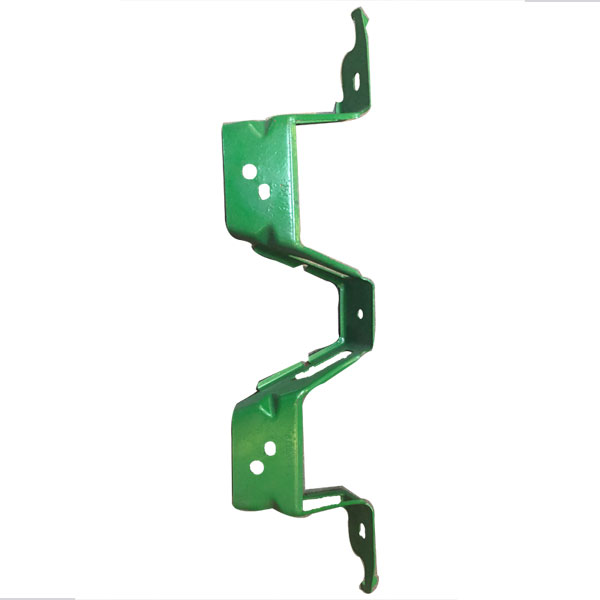The Role of Electronic Auto Door Parts in Modern Vehicles
2024-05-21
In the age of advanced automotive technology, electronic components have revolutionized the way we interact with our vehicles. Among these innovations, electronic auto door parts, such as sensors and actuators, play a crucial role in enhancing convenience, safety, and security. Let's explore how these components function and the benefits they bring to modern vehicles.
Understanding Electronic Auto Door Parts
Electronic auto door parts include a range of components that work together to automate and enhance the operation of vehicle doors. The most notable among these are sensors and actuators.
- Sensors: Devices that detect and respond to various physical inputs such as proximity, touch, or pressure.
- Actuators: Mechanisms that move or control a system, converting electronic signals into physical movement.
The Role of Sensors
1. Proximity Sensors
Function:
Proximity sensors detect the presence of an object or person near the vehicle door.
Applications:
- Keyless Entry: Proximity sensors enable keyless entry systems, allowing doors to unlock automatically when the key fob is near.
- Automatic Sliding Doors: Common in minivans, these sensors detect when someone is close and slide the door open automatically.
2. Touch Sensors
Function:
Touch sensors detect physical contact with the door handle or surface.
Applications:
- Unlocking and Locking: Touch sensors allow for doors to be locked or unlocked with a simple touch, often used in combination with proximity sensors for keyless entry systems.
3. Anti-Pinch Sensors
Function:
Anti-pinch sensors detect obstructions in the path of a closing window or door.
Applications:
- Window Safety: These sensors stop the window from closing if an object (like a hand) is detected, preventing injury.
- Automatic Door Safety: Similar technology is used in automatic sliding doors to prevent them from closing on an object or person.
The Role of Actuators
1. Door Lock Actuators
Function:
Door lock actuators are electric motors that lock and unlock the doors.
Applications:
- Central Locking System: Actuators allow for all doors to be locked or unlocked simultaneously using a key fob or control button inside the car.
- Remote Access: Enables locking and unlocking from a distance, enhancing convenience and security.
2. Window Regulators
Function:
Window regulators with built-in actuators control the movement of the window glass.
Applications:
- Power Windows: Allow for the raising and lowering of windows at the touch of a button.
- Automatic Window Adjustment: Some advanced systems adjust the window slightly when opening or closing the door to ensure a tight seal and reduce noise.
3. Sliding Door Actuators
Function:
Actuators control the opening and closing of sliding doors, typically found in minivans and some SUVs.
Applications:
- Convenience: Sliding doors can be operated with a button, making it easier for passengers to enter and exit.
- Safety: The doors can be controlled remotely to ensure they are properly closed and locked.
Conclusion: The Future of Automotive Comfort and Safety
Electronic auto door parts, such as sensors and actuators, have transformed the modern driving experience. By integrating these advanced components, manufacturers enhance not only the safety and security of vehicles but also the overall convenience and accessibility for users. As technology continues to evolve, we can expect even more sophisticated systems that will further streamline and secure our interactions with our vehicles, making driving safer and more enjoyable for everyone.



